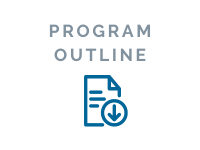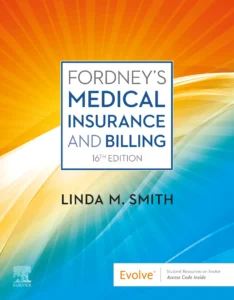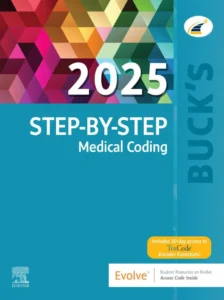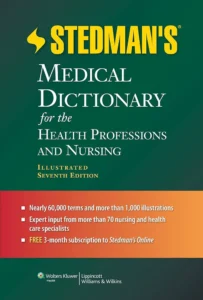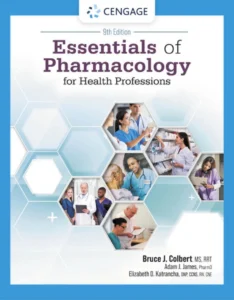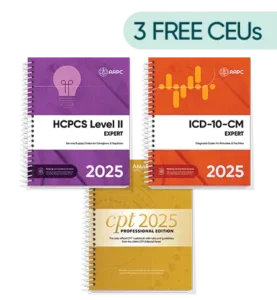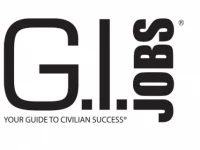
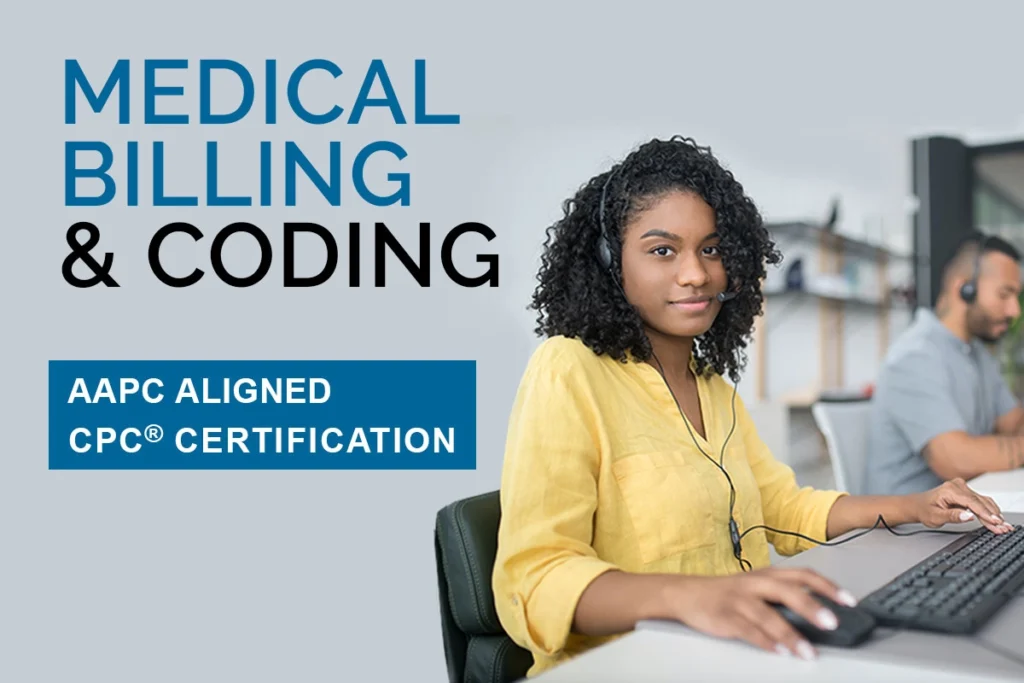
admissions
admissions
Completion Time
Completion Time
8-12 Months Average
810 Clock Hours
Average Salary
Average Salary
Certification
Certification
Certified Professional Coder-Apprentice (CPC-A)* through the American Academy of Professional Coders (AAPC)
Accreditations
Accreditations
Blackstone’s online AAPC aligned Medical Billing and Coding Program covers the essential concepts needed to pass the CPC® exam. Prepare for a remote-friendly career.

What you will do
A medical billing and coding specialist is a healthcare professional that processes patient data, such as treatment records and related insurance information. Both medical billing and medical coding professions are involved in the medical reimbursement cycle, working together to ensure that healthcare providers are accurately and efficiently paid for the services they perform. Medical billing and coding specialists work in hospitals, health clinics, and physician offices. It’s possible to find positions that allow you to work from home. Medical billing and coding job responsibilities include:
- Accurately coding for services, procedures, diagnoses, and treatments
- Preparing and sending invoices or claims for payment
- Correcting rejected claims
- Tracking payments
- Following up with patients and insurance companies about outstanding bills
WHAT YOU WILL LEARN
Blackstone’s accredited, online Medical Billing and Coding Program offers foundational topics to prepare you for an entry-level position as a medical billing and coding specialist. Our curriculum includes CPT®, HCPCS and ICD-10-CM coding with hands-on practice and real world, redacted medical records using CPT®, ICD-10-CM and HCPCS Level II code sets. This career-focused program presents the skills and knowledge along with practical lessons and hands-on experience needed to work in today’s health information industry.
Certification may help you access better career opportunities and increase earning potential. Blackstone’s aligned Medical Billing and Coding Program prepares students for the Certified Professional Coder (CPC®) exam, offered through the American Academy of Professional Coders (AAPC). Graduates of Blackstone’s Medical and Billing Program interested in additional preparation, resources, and practice exams can purchase the CPC® Certification Bundle here.
*Those passing the CPC® examination earn the credential, CPC-A. When the CPC-A (apprentice) is ultimately combined with two years of practical coding experience, you’ll earn the full CPC® designation.
Program outcomes
- Define and explain different learning styles and learning strategies
- Identify the parts of a computer and explain how technology is used in the office
- Identify common word elements in medical terms
- Identify common medical terms related to the organization of the body and the various body systems
- Analyze medical terms to determine their meaning
- Identify the parts of speech, the parts of sentences, and sentence type
- Demonstrate correct English usage by choosing the correct part of speech in a sentence
- Evaluate written communications to identify problems and suggest solutions
- Explain and identify types of health insurance
- Understand the life cycle of an insurance claim
- Demonstrate an understanding of ICD-10, HCPCS II, and CPT® coding
- Study medical office procedures
- Evaluate resumes and cover letters to identify problems and offer solutions
- Consider ways to proactively search for work as a healthcare professional

what you will make
The expansion of the health services industry from technological advances in medicine and a growing and aging population creates an increasing need for those who want to work as a medical billing & coding specialist. According to the U.S. Department of Labor, the number of medical billing & coding specialist employed in the United States is expected to grow primarily due to the growth of the healthcare industry.
According to Occupational Outlook Handbook, the median salary is $48,780
MEDIAN SALARY
$48,780
*While Blackstone’s training and industry relevant certifications may be accepted and/or approved by your state, employers reserve the right to dictate prerequisite education, experience, or certification requirements for their positions. We advise prospective students to research your state requirements and restrictions prior to enrollment.
SELECT THE PAYMENT OPTION THAT WORKS FOR YOU
Blackstone Career Institute makes it easy for you to receive a quality education at an affordable price point. Everything you need to complete your online Medical Billing and Coding Program with Blackstone Career Institute is included in your tuition. Choose the payment plan that best fits your needs and learn how to become a medical billing & coding specialist today!
FULL PAYMENT
-
Fastest completion time
-
Access to all lessons
-
Total $2,995
Full payment plan total costs includes $2,845 tuition and $150 registration fee.
PAYMENT PLAN I
-
Most popular plan
-
$99 down payment, 19 monthly payments of $149, final payment of $65
-
Total $2,995
19 month autopay plan requires a down payment of $99 with 19 monthly payments of $149 and final payment of $65. Total cost includes $2,845 tuition, $150 registration fee, and $0 finance fee.
PAYMENT PLAN II
-
Lowest monthly payments
-
$99 down payment, 29 monthly payments of $99, final payment of $25
-
Total $2,995
29 month autopay plan requires a down payment of $99 with 29 monthly payments of $99, and final payment of $25. Total cost includes $2,845 tuition, $150 registration fee, and $0 finance fee.
FULL PAYMENT
-
$1,876SAVE $351 -
Access to all lessons
-
Total $1,525
Full payment plan total costs includes $1,375 tuition and $150 registration fee.
PAYMENT PLAN I
-
$1,876SAVE $134 -
Most popular plan
-
$59 down payment, 17 monthly payments of $99
-
Total $1,742
17 month autopay plan requires a down payment of $59 with 17 monthly payments of $99. Total cost includes $1,414 tuition, $150 registration fee, and $178 finance fee.
PAYMENT PLAN II
-
Lowest monthly payments
-
$59 down payment, 23 monthly payments of $79
-
Total $1,876
23 month autopay plan requires a down payment of $59 with 23 monthly payments of $79. Total cost includes $1,414 tuition, $150 registration fee, and $312 finance fee.
Refund Policy
At Blackstone, our Student Service team focuses on student satisfaction. However, if you choose not to continue your studies, we offer a refund policy. Cancellations within the first 5 days of enrollment receive a full refund. After the first 5 days, your refund amount is based on tuition collected, lessons completed and enrollment date. Learn more about our refund policy.
Cost of Attendance
To view a breakdown of our COST OF ATTENDANCE (All books and materials are included in the tuition cost), OTHER FEES (Registration Fee), and a sample tuition cost breakdown on our tuition protection policy page. You can also view our optional fees here.
Program Materials included
Blackstone’s online Medical Billing and Coding Program includes resources from publishers – Cengage and Elsevier using VitalSource platforms all accessed through your Online Student account. Additionally, you will receive customized study guides directing you through all your coursework.

- HCPCS Code Book 2024
- AMA CPT® Professional 2024
- ICD-10-CM Code Book 2024
$1,362.89 Value
BECOME A CERTIFIED PROFEsSIONAL CODER (CPC®)
Obtaining certification builds credibility, showcases skills, and demonstrates career commitment to the health care profession. Blackstone’s Medical Billing and Coding Program’s aligned curriculum prepares students for the Certified Professional Coder (CPC®) exam given by the American Academy of Professional Coders (AAPC).
This bundle is designed for students interested in additional preparation, practice exams, and career resources. After passing the exam, you will earn a Certified Professional Coder-Apprentice (CPC-A) and will need at least 2 years of practical coding experience to earn the full CPC® designation.
Know how to get CPC® certified and become a certified professional coder. Learn more about preparing for CPC® exam.
- Network with over 250,000 professionals
- Learn from industry though leaders
- 4 Free Webinars per year
- AAPC Career Resources
2. CPC® Certification Study Guide
4. CPC® Exam Voucher (2 Attempts)
Total: $1,179.00
Meet Your Instructor

Kara Silvers, Medical Billing and Coding Consultant
CPC®, CPC-I
Kara Silvers is an instructor in the Medical Billing and Coding Department. She has a Bachelor’s degree in Business and a Master’s degree in Vocational Education, both from Auburn University. She also holds a Master’s degree in Special Education from Western Governor’s University and a Bachelor’s degree in Mathematics from Ottawa University. She currently works as an instructor at a couple of universities teaching Medical Billing and Coding classes, as well as independent coding for various companies. She is CPC® and CPC-I certified through the AAPC.


AS FEATURED IN
FAQs
One of the major advantages in taking Blackstone’s Medical Billing and Coding Program is that students can work at their own pace. Many students complete the program in 6-12 months. Students have up to 18 months from their enrollment date to complete and graduate from their program.
Medical billing and coding professionals work in a variety of settings: physician offices, clinics, labs, medical billing services, insurance companies, and more.
While obtaining certification is not required to secure a medical billing or coding position, it can make you a more appealing candidate for employment. Obtaining certification builds credibility, showcases skills, and demonstrates career commitment. Graduates of Blackstone’s Medical Billing and Coding Program interested in additional preparation, resources, and practice exams can purchase the CPC® Certification Bundle here.
As a true distance education school, we are unable to provide job placement. We do feel confident that our online career programs that align with a certification give our graduates a leg up in finding entry-level employment. Our Career Center offers students and graduates resources to prepare an interview including writing a resume and cover letter. It also offers blog articles and networking insight.
CHANGE LOOKS GOOD ON YOU - REQUEST INFO TODAY!



